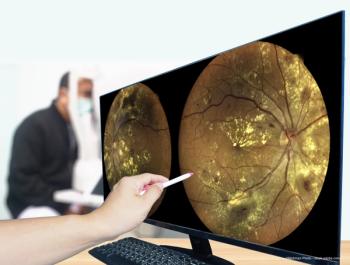
Deep learning predictions of the retinal nerve fiber layer thickness based solely on fundus photographs can be used to monitor the risk of future glaucomatous conversion in glaucoma suspects.

Deep learning predictions of the retinal nerve fiber layer thickness based solely on fundus photographs can be used to monitor the risk of future glaucomatous conversion in glaucoma suspects.
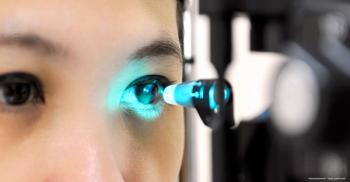
Investigators corroborate the hypothesis that retinal ganglion cells with dendrites stratified in the off sublaminae could be damaged.
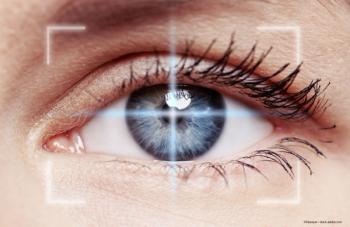
According to investigators, the new technology is designed to detect telltale signs of major blinding diseases in retinal blood and tissue that typically go unseen until it is too late.
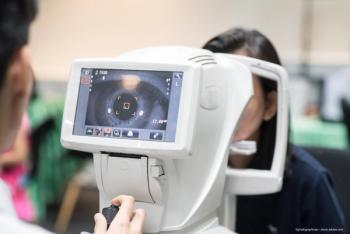
Measures of inflammation can predict treatment outcomes for patients

Retinal imaging tests are providing material to train and test decision support systems.

Michael Mbagwu, MD, speaks on the highlights of his virtual 2021 ARVO presentation regarding the development of an algorithm tool that links patient imaging to their clinical data, specifically within the AAO IRIS Registry.
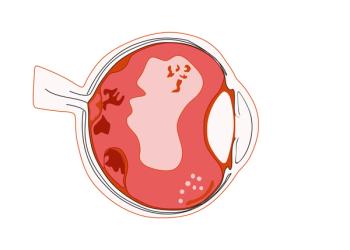
Study evaluates the impact of surgical procedure on visual outcomes in patients

Easier, more accessible functional studies have been made possible

Technologies offer different approaches to different scenarios
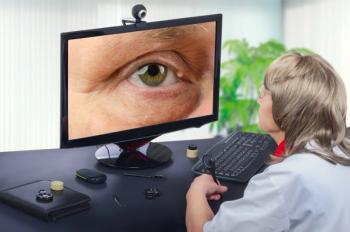
Worldwide increase in technologies for ophthalmic use is dramatic

For ophthalmologists, the interactive landscape of surgical visualization, including 3D digital surgery, robotics, and an OCT-enriched surgical theater, is leading to new opportunities.
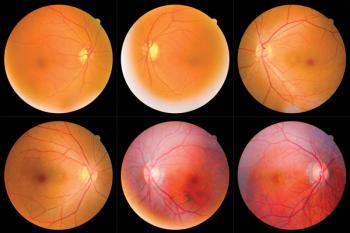
Short FLIO flecks may appear before changes are seen on other imaging modalities, including OCT.
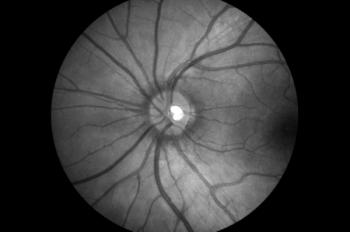
High-quality images can be useful for early diagnosis, prognosis, monitoring
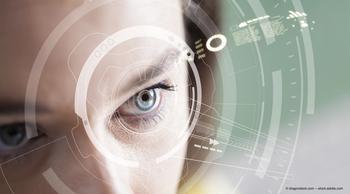
Results of a prospective trial show the tool is ready for clinical use and potential deployment for remote telemedical use.

Study explores correlations between functional and structural tests
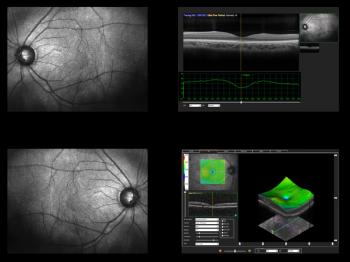
Investigators tested the hypothesis that changes in certain areas of the macular are more relevant to AMD. What did their findings reveal?
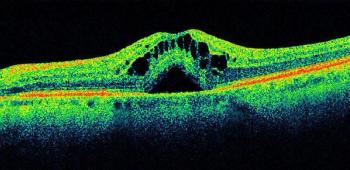
The Audacious Goals Initiative of the National Eye Institute is focused on developing noninvasive imaging advances to help patients with vision loss.
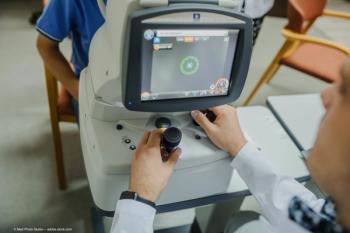
These imaging technologies can help with assessing unexpected structural and vascular retinal and choroidal changes in active and post-treatment toxoplasmic retinochoroiditis.

A study of adult patients with diabetes found that bowtie-shaped polarization artifacts do not serve as reliable clinical biomarkers for center-involving diabetic macular edema. What might this mean for clinicians?

Fundus autofluorescence is a helpful tool for diagnosing central serous choroidopathy and planning treatment.
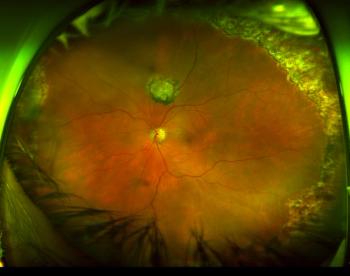
Physicians can discover, diagnose, document, treat diseases that might go undetected
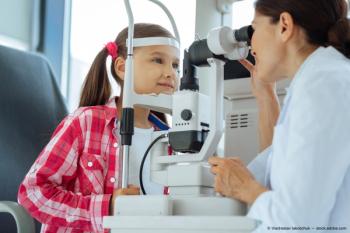

Researchers seeking fluid features, retinal integrity measures to test next step in image analysis and image interrogation in clinical trials.
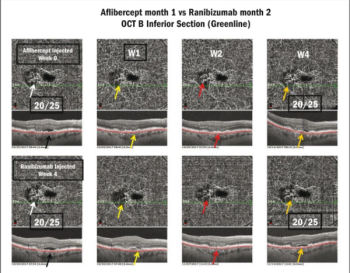
When used one week after injection, optical coherence tomography angiography can help clinicians determine how effective their treatment has been on neovascular membrane reperfusion.